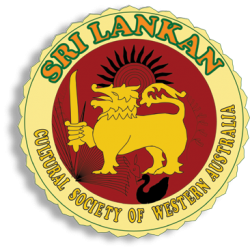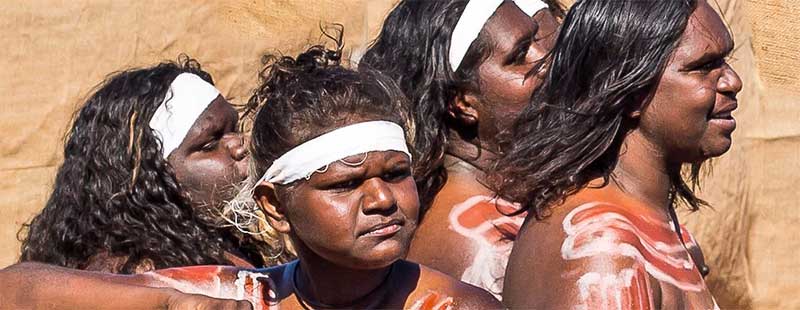History

HISTORY OF SRI LANKAN CULTURAL SOCIETY OF WESTERN AUSTRALIA (1986)
Introduction
The Sri Lankan Cultural Society of WA was officially established in July 1987. It took about a year and a half to explore, scrutinize and complete the feasibility study. The full context of how it all panned out is described fully in the following passages.
The Australian Context – Migration Programmes in Australia Preamble
Australia is the Land of the Aboriginal People. It is widely recognized, from established historical facts that they have inhabited this continent for at least 60,000 years. They are recognized as the First Nation. It has been documented that during the past 500 years (approximately) there had been European contact with Australia and the Torres Strait Islands.

The White Australia Policy and its Relevance to Us.
It is importan that this juncture to note that this country had a “White Australia Policy” * from the 1940s till 1970s. In simple terms, this Policy only allowed people who could prove that they had “75% European Blood” to migrate to Australia. This Policy was abolished in 1971 .
The relevance of the above Policy to our Sri Lankan community, is that only the Burghers of Sri Lanka, who were regarded as of European ancestry (Portuguese, Dutch and British descendants) were ‘qualified’ to migrate to Australia. They had to prove they had ‘Predominantly European Blood’.
They started coming to Australia soon after Sri Lanka (Ceylon) gained independence from the British in 1948.
They were instrumental in forming the Western Australia Sri Lanka (Ceylon) Association (WASLA) in 1971 along with a few Sinhalese and Tamils. At the same period The Tamil Association of WA (TAWA) had also been established and was catering specifically to the Tamil speaking community, and most Sri Lankan Tamils preferred to join the TAWA.
The demographic composition of the above-mentioned established organizations was such that they were catering to the cultural and social values of their respective members hips. It appeared that the Sri Lankan mainstream cultural values and practices have been somewhat overlooked.
It was the then Labor Prime Minister Hon. Gough Whitlam who abolished the now infamous White Australia Policy and formulated new policies to admit people from Non- English-Speaking nationalities. This included settling refugees also from the Non- English- Speaking- Background (NESB) countries who had been seeking protection from persecution mainly for political and religious reasons.
In 1951 Australia had signed the Charter with the United Nations High Commissioner for Refugees (UNHCR) to take in people seeking asylum who would qualify under the above UN Charter. However, to qualify to be allowed into the country under the Australian Refugee Intake Programme was made difficult.
The Government acted swiftly to enact these policies.

The Formation of Australia’s Multicultural Society.
Australia was officially declared a Multicultural Society under Federal Labor Government when Hon. Robert (Bob) Hawke served as the Prime Minister from 1983- 1991.
“Multiculturalism. By 1973, the term ‘multiculturalism’ had been introduced and migrant groups were forming state and national associations to maintain their cultures and promote the survival of their languages and heritages within mainstream institutions.” * Australian Govt. Dept of Home Affairs .
“From its genesis as a policy framework to respond to the needs of immigrants, multiculturalism became a concept that articulated the character of the growing ethno-cultural diversity of society in the latter decades of the twentieth century”. Research Paper no.6 2010– 11 Elsa Koleth, Social Policy Section
8 October 2010. Parliament of Australia
